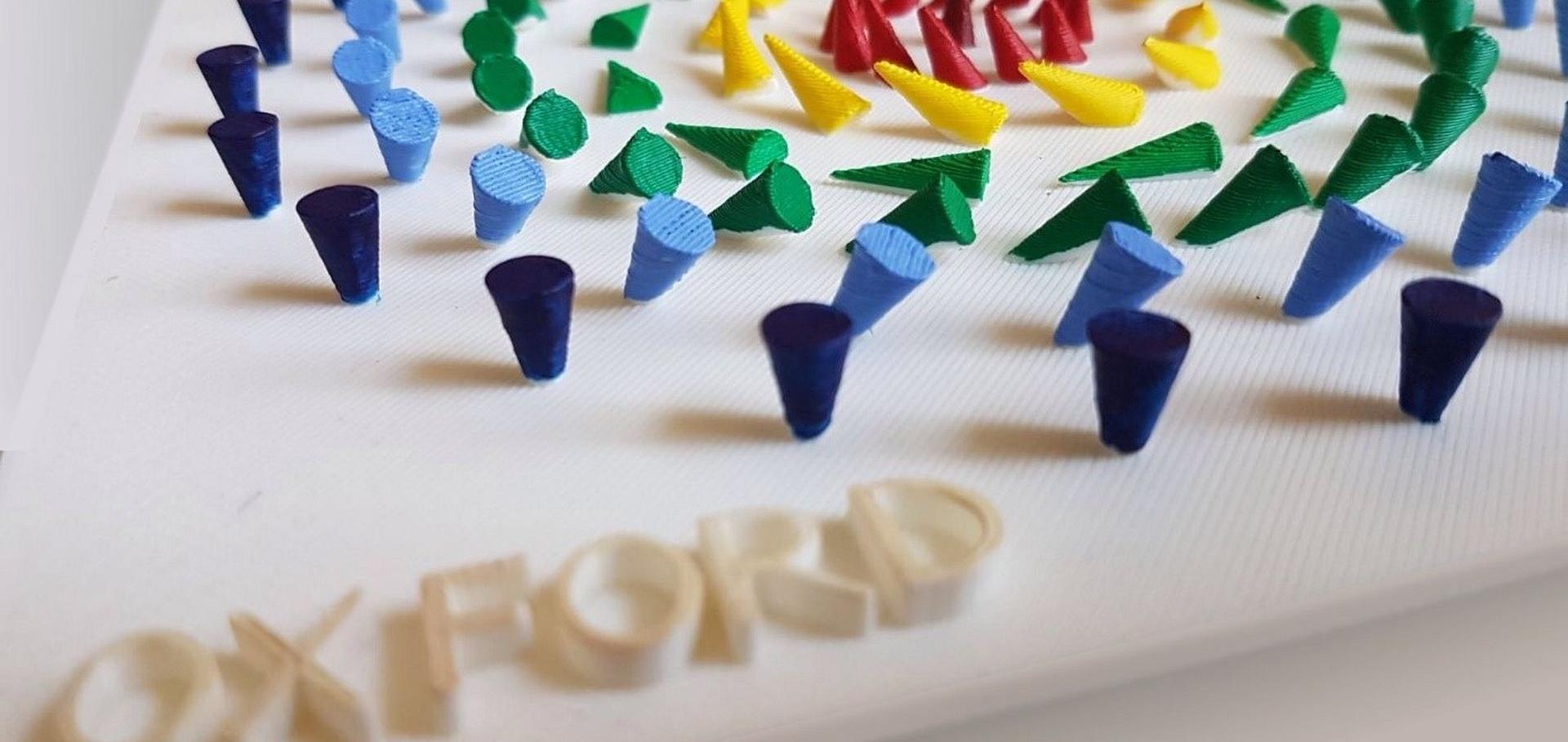Oxidation effects in rare earth doped topological insulator thin films
Scientific Reports Nature Publishing Group 6 (2016)
Abstract:
The breaking of time-reversal symmetry (TRS) in topological insulators is a prerequisite for unlocking their exotic properties and for observing the quantum anomalous Hall effect (QAHE). The incorporation of dopants which exhibit magnetic long-range order is the most promising approach for TRS-breaking. REBiTe3, wherein 50% of the Bi is substitutionally replaced by a RE atom (RE=Gd, Dy, and Ho), is a predicted QAHE system. Despite the low solubility of REs in bulk crystals of a few %, highly doped thin films have been demonstrated, which are free of secondary phases and of high crystalline quality. Here we study the effects of exposure to atmosphere of rare rarth-doped Bi2(Se,Te)3 thin films using x-ray absorption spectroscopy. We demonstrate that these RE dopants are all trivalent and effectively substitute for Bi3+ in the Bi2(Se,Te)3 matrix. We find an unexpected high degree of sample oxidation for the most highly doped samples, which is not restricted to the surface of the films. In the low doping limit, the RE-doped films mostly show surface oxidation, which can be prevented by surface passivation, encapsulation, or in-situ cleaving to recover the topological surface state.Proposal of a micromagnetic standard problem for ferromagnetic resonance simulations
ArXiv arXiv (2016)
Abstract:
Nowadays, micromagnetic simulations are a common tool for studying a wide range of different magnetic phenomena, including the ferromagnetic resonance. A technique for evaluating reliability and validity of different micromagnetic simulation tools is the simulation of proposed standard problems. We propose a new standard problem by providing a detailed specification and analysis of a sufficiently simple problem. By analyzing the magnetization dynamics in a thin permalloy square sample, triggered by a well defined excitation, we obtain the ferromagnetic resonance spectrum and identify the resonance modes via Fourier transform. Simulations are performed using both finite difference and finite element numerical methods, with OOMMF and Nmag simulators, respectively. We report the effects of initial conditions and simulation parameters on the character of the observed resonance modes for this standard problem. We provide detailed instructions and code to assist in using the results for evaluation of new simulator tools, and to help with numerical calculation of ferromagnetic resonance spectra and modes in general.Engineering helimagnetism in MnSi thin films
AIP Advances American Institute of Physics 6 (2016) 015217
Abstract:
Magnetic skyrmion materials have the great advantage of a robust topological magnetic structure, which makes them stable against the superparamagnetic effect and therefore a candidate for the next-generation of spintronic memory devices. Bulk MnSi, with an ordering temperature of 29.5 K, is a typical skyrmion system with a propagation vector periodicity of ∼18 nm. One crucial prerequisite for any kind of application, however, is the observation and precise control of skyrmions in thin films at room-temperature. Strain in epitaxial MnSi thin films is known to raise the transition temperature to 43 K. Here we show, using magnetometry and x-ray spectroscopy, that the transition temperature can be raised further through proximity coupling to a ferromagnetic layer. Similarly, the external field required to stabilize the helimagnetic phase is lowered. Transmission electron microscopy with element-sensitive detection is used to explore the structural origin of ferromagnetism in these Mn-doped substrates. Our work suggests that an artificial pinning layer, not limited to the MnSi/Si system, may enable room temperature, zero-field skyrmion thin-film systems, thereby opening the door to device applications.Anisotropic absorption of pure spin currents
Physical Review Letters American Physical Society 116 (2016) 047201
Abstract:
Spin transfer in magnetic multilayers offers the possibility of ultra-fast, low-power device operation. We report a study of spin pumping in spin valves, demonstrating that a strong anisotropy of spin pumping from the source layer can be induced by an angular dependence of the total Gilbert damping parameter, a, in the spin sink layer. Using lab- and synchrotron-based ferromagnetic resonance, we show that an in-plane variation of damping in a crystalline leads to an anisotropic a in a polycrystalline . This anisotropy is suppressed above the spin diffusion length in Cr, which is found to be 8 nm, and is independent of static exchange coupling in the spin valve. These results offer a valuable insight into the transmission and absorption of spin currents, and a mechanism by which enhanced spin torques and angular control may be realized for next-generation spintronic devices.Atomic level structural and chemical analysis of Cr-doped Bi₂Se₃
Scientific Reports Nature Publishing Group 6 (2016) 26549


